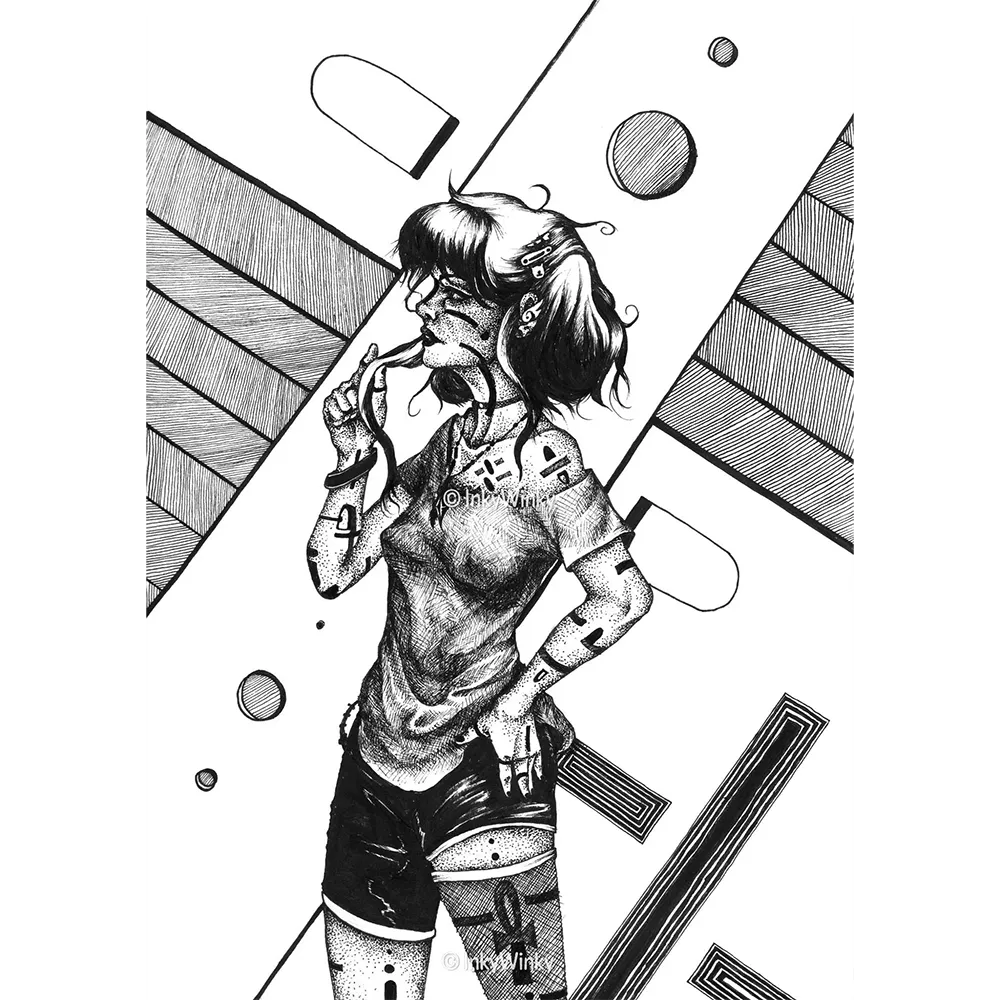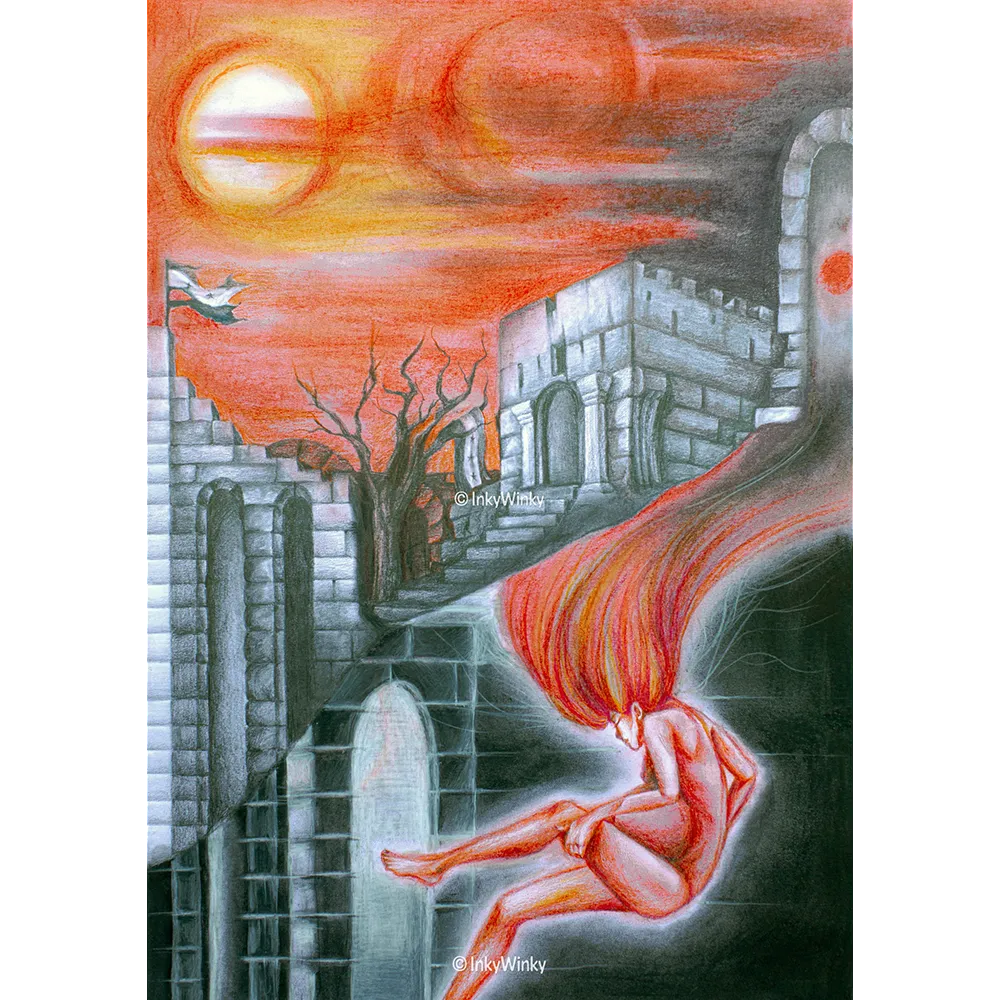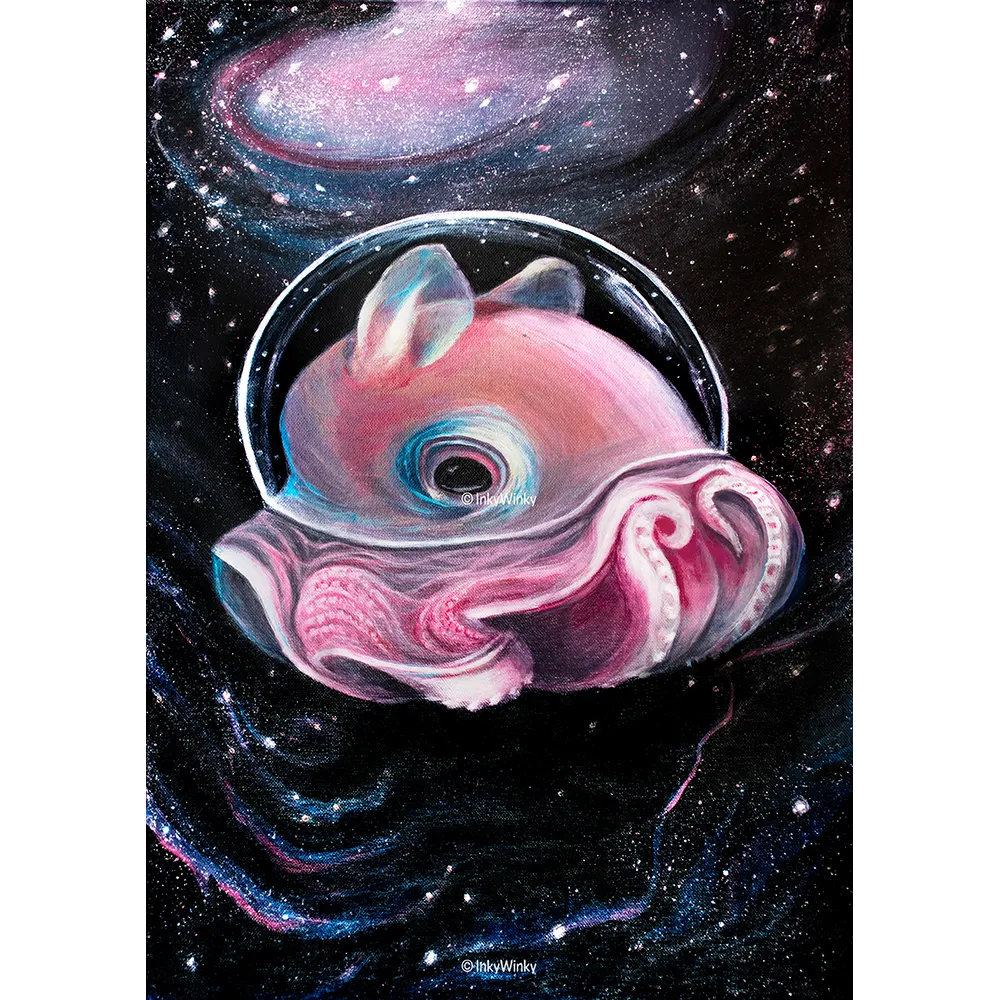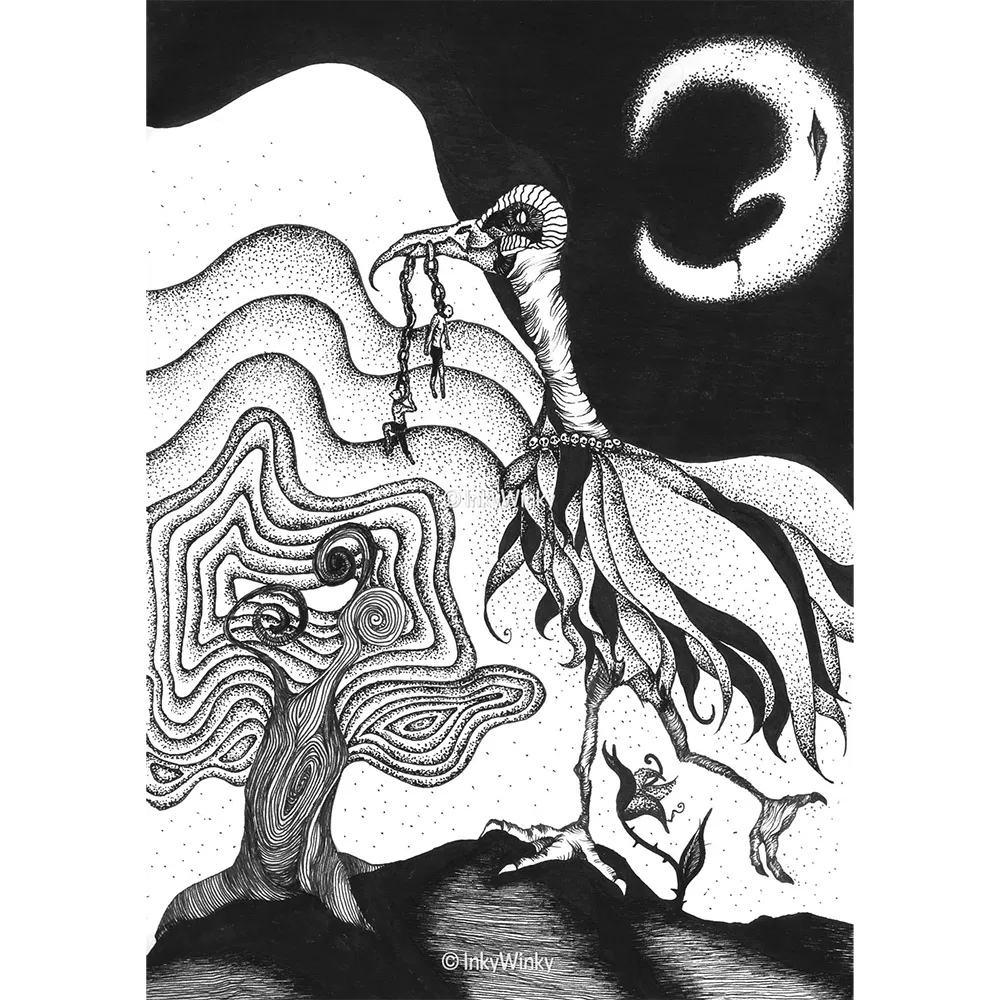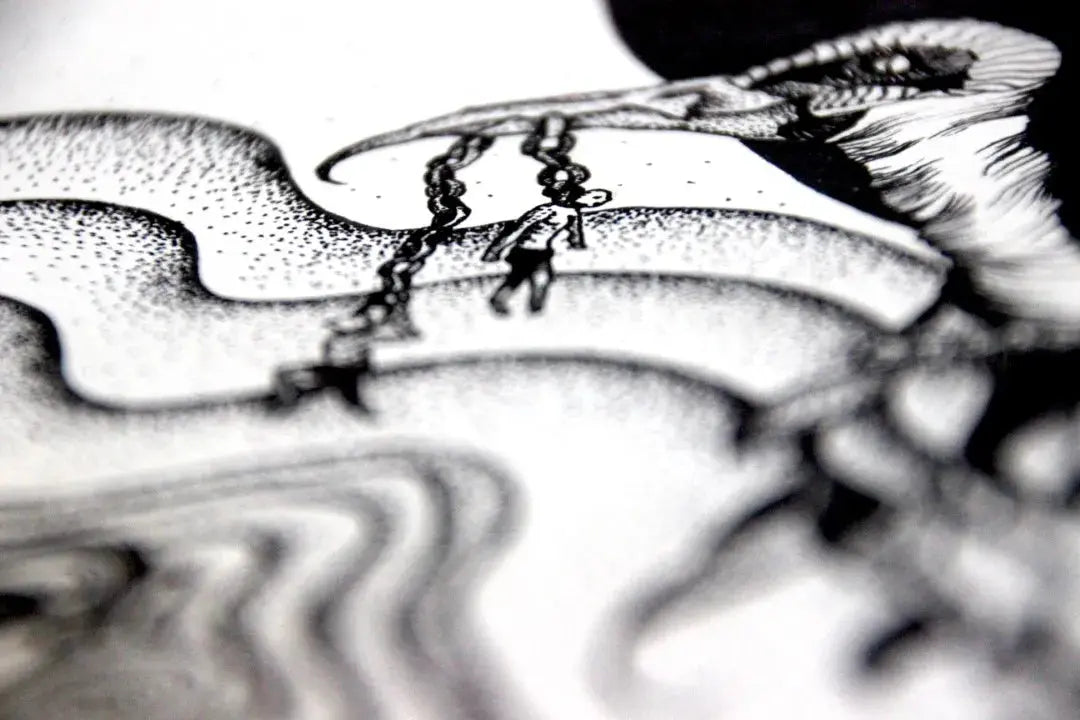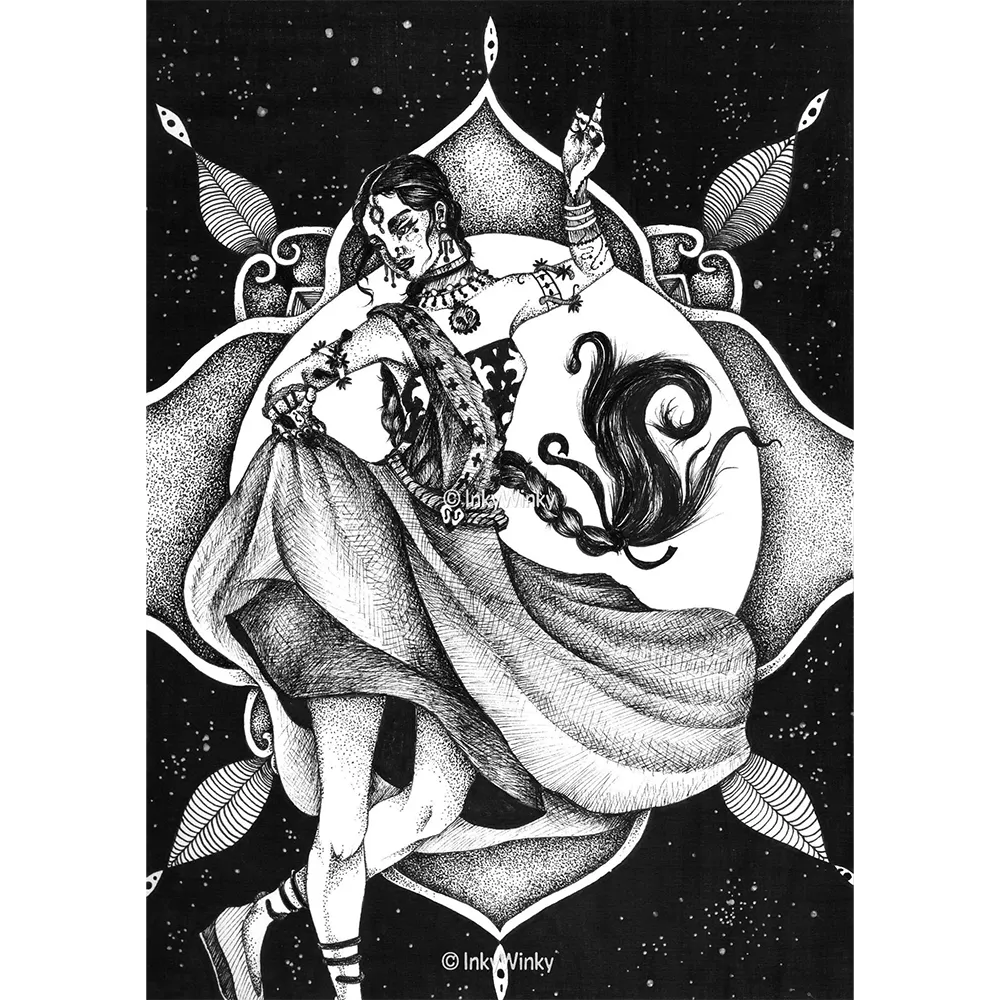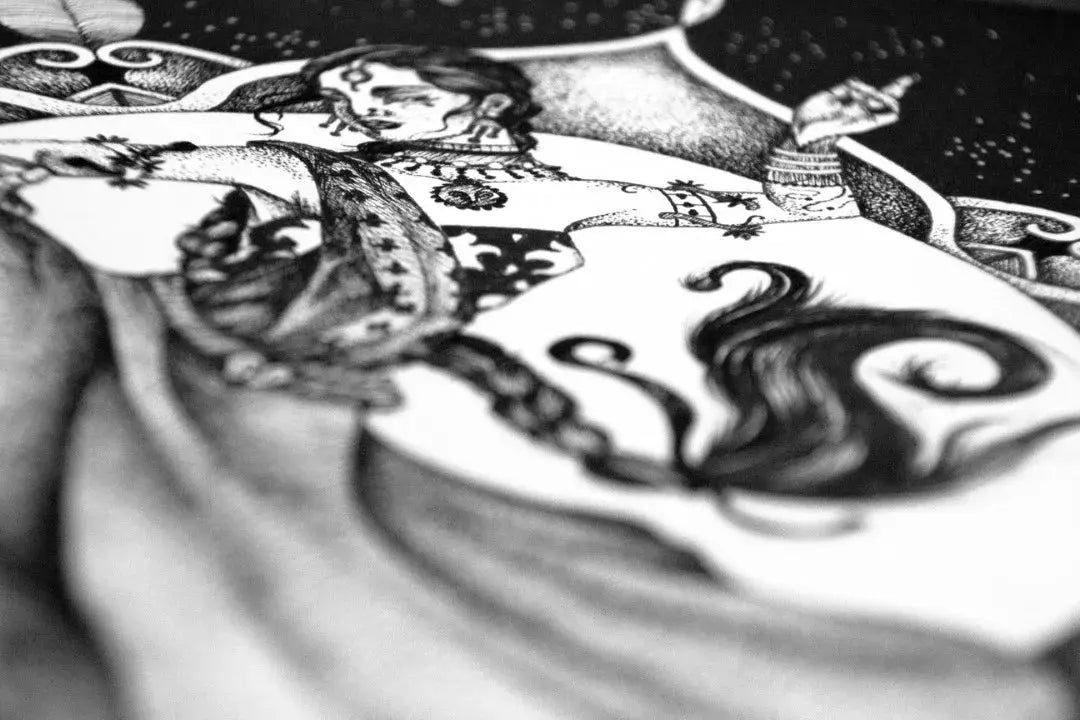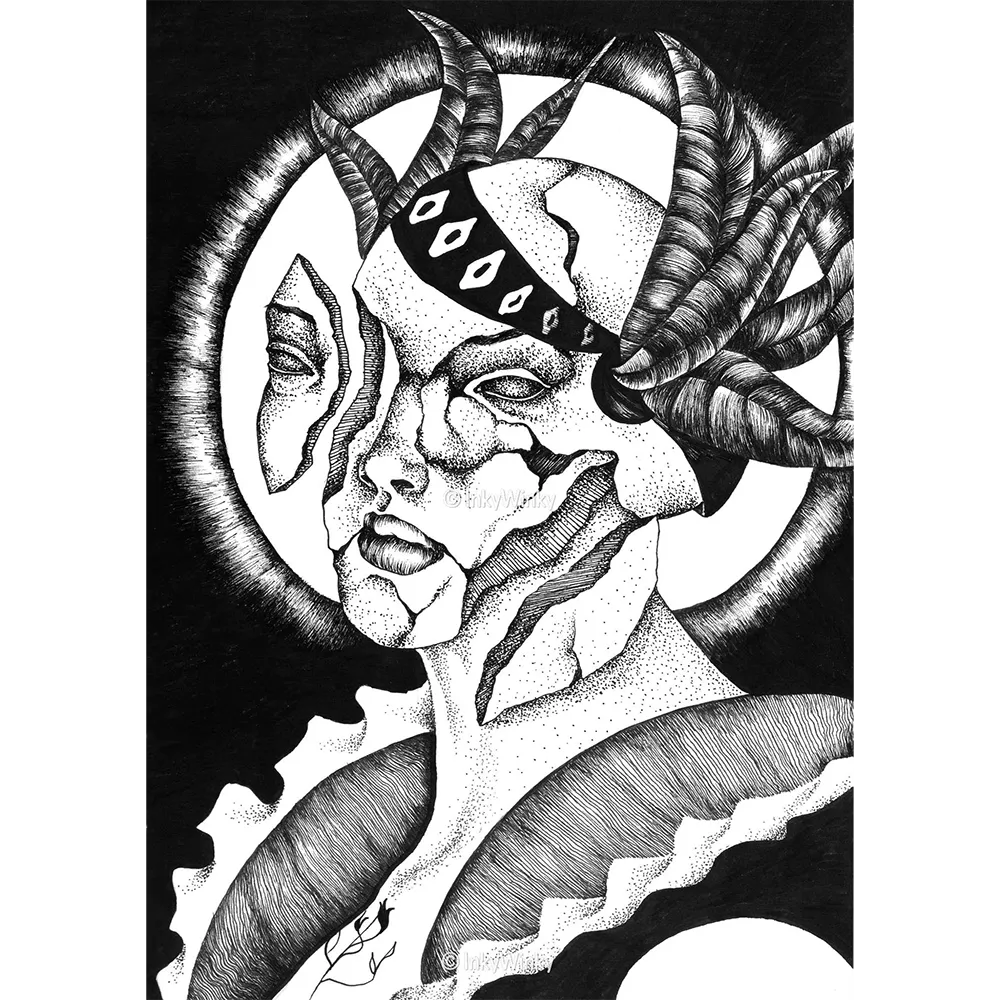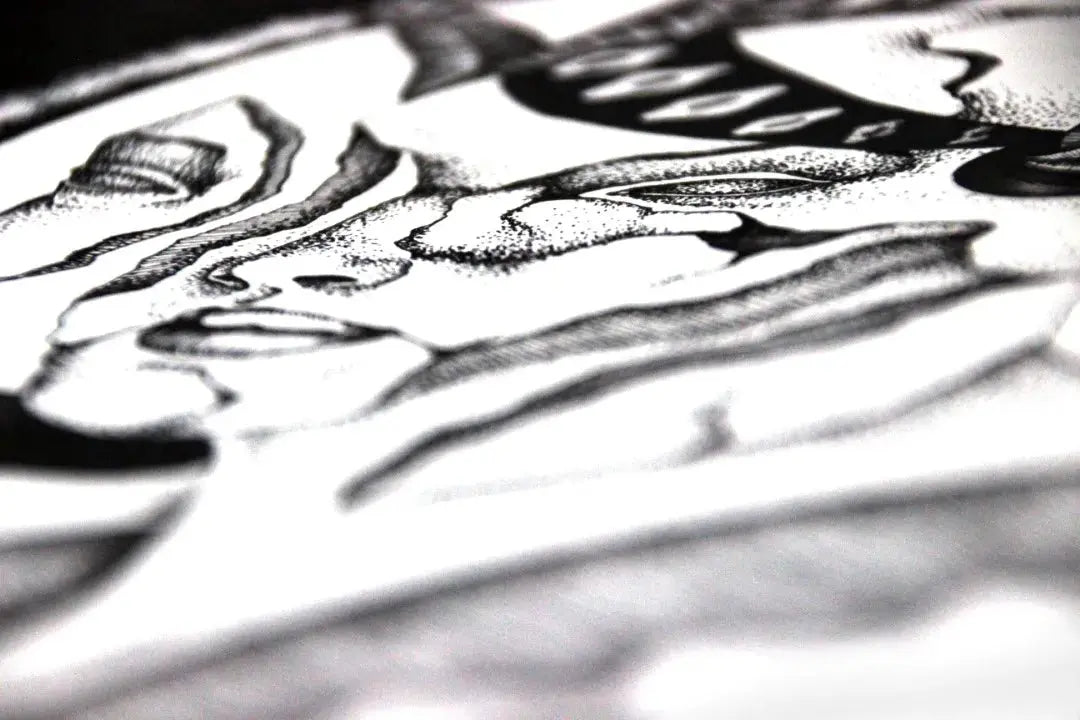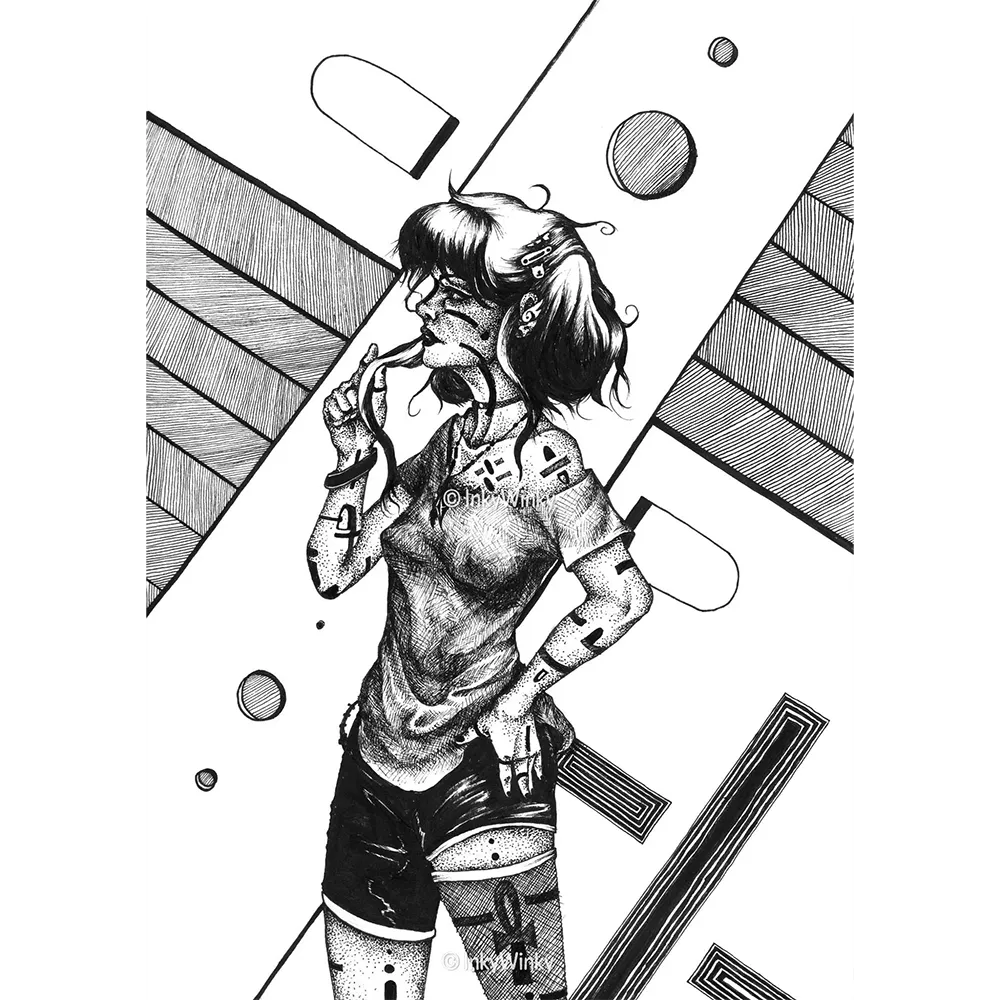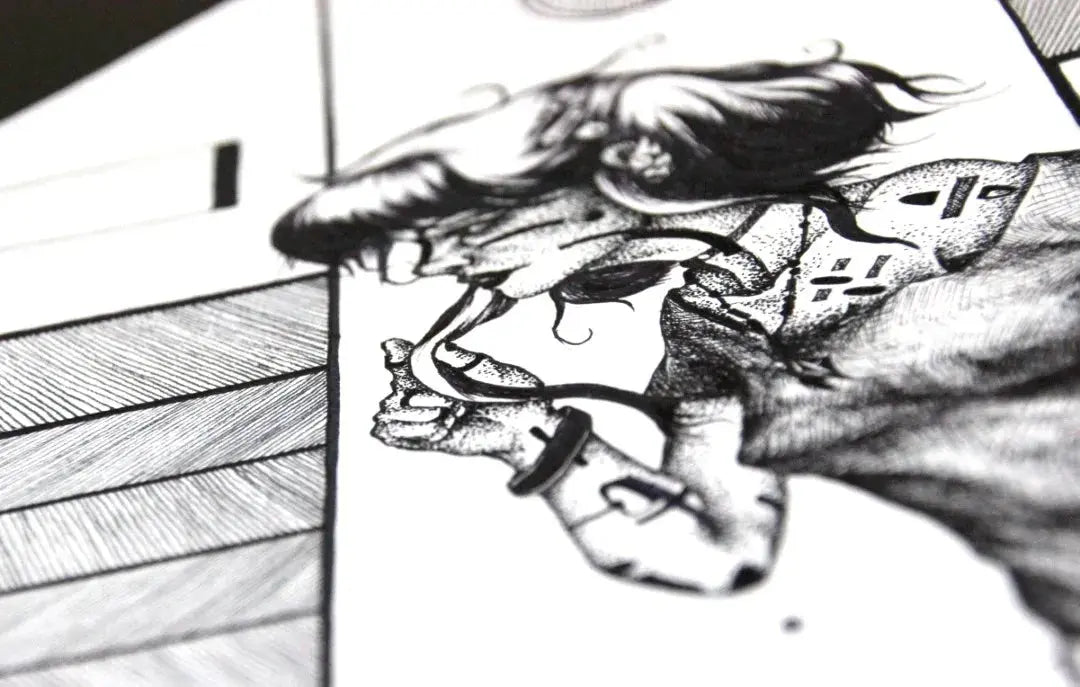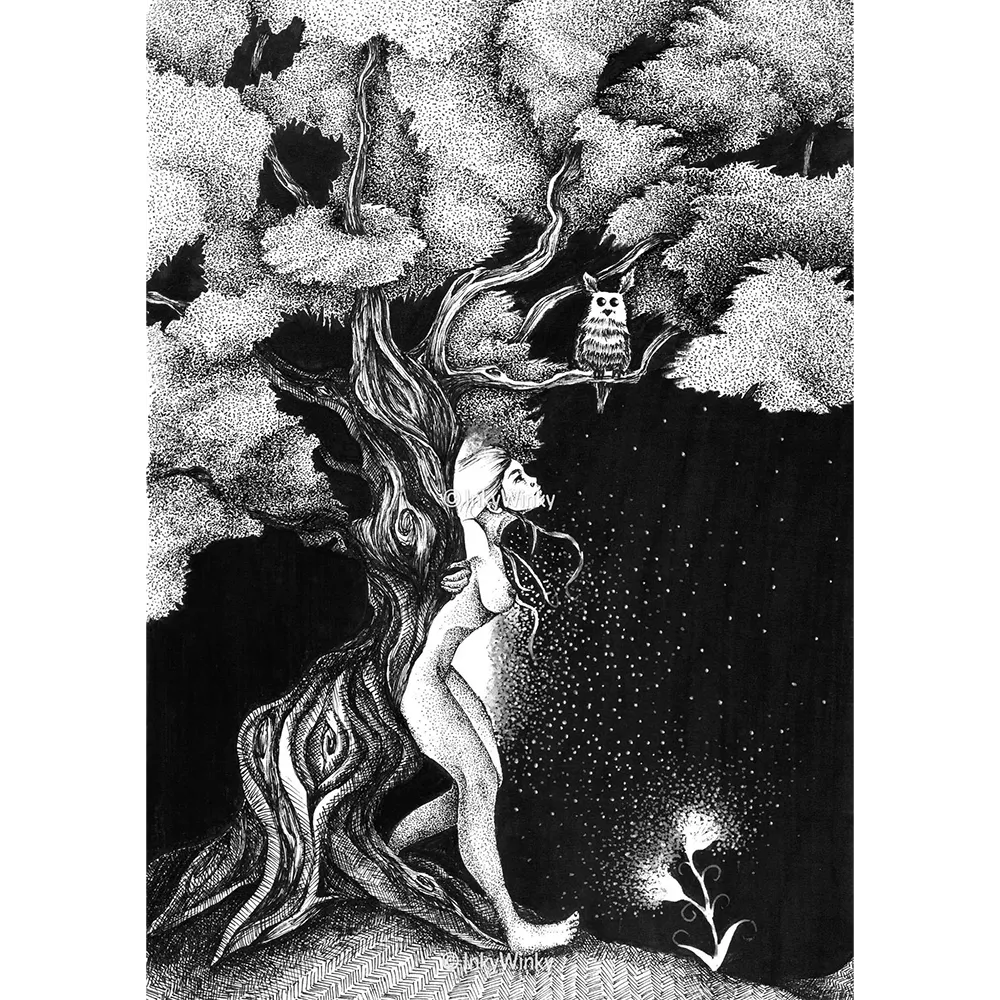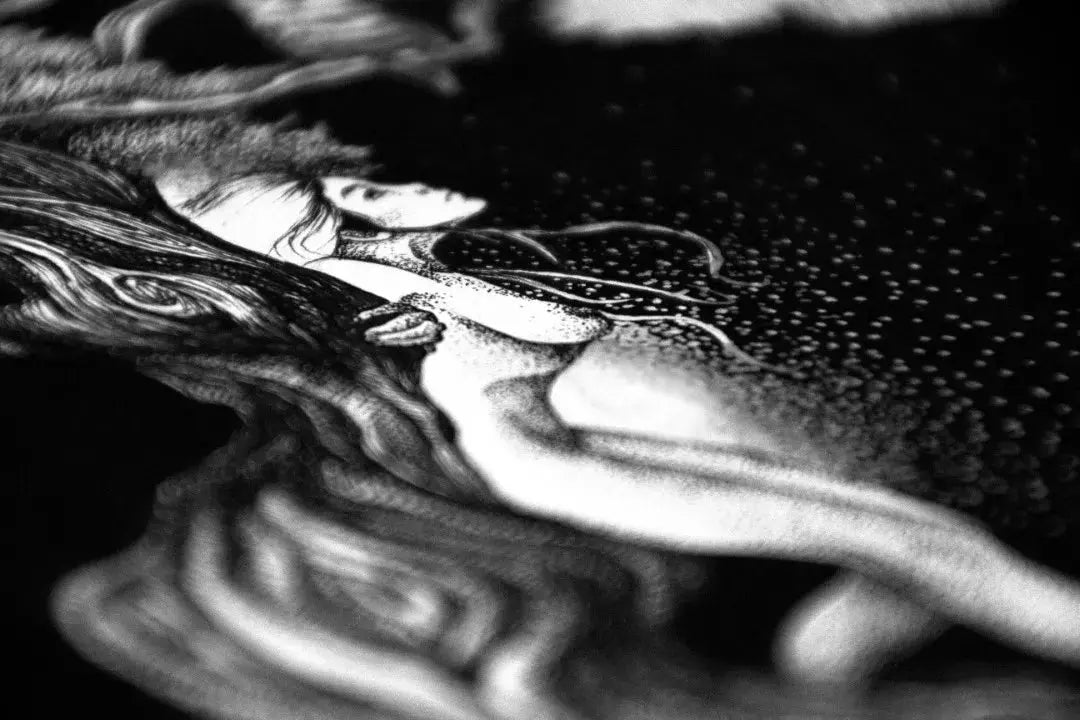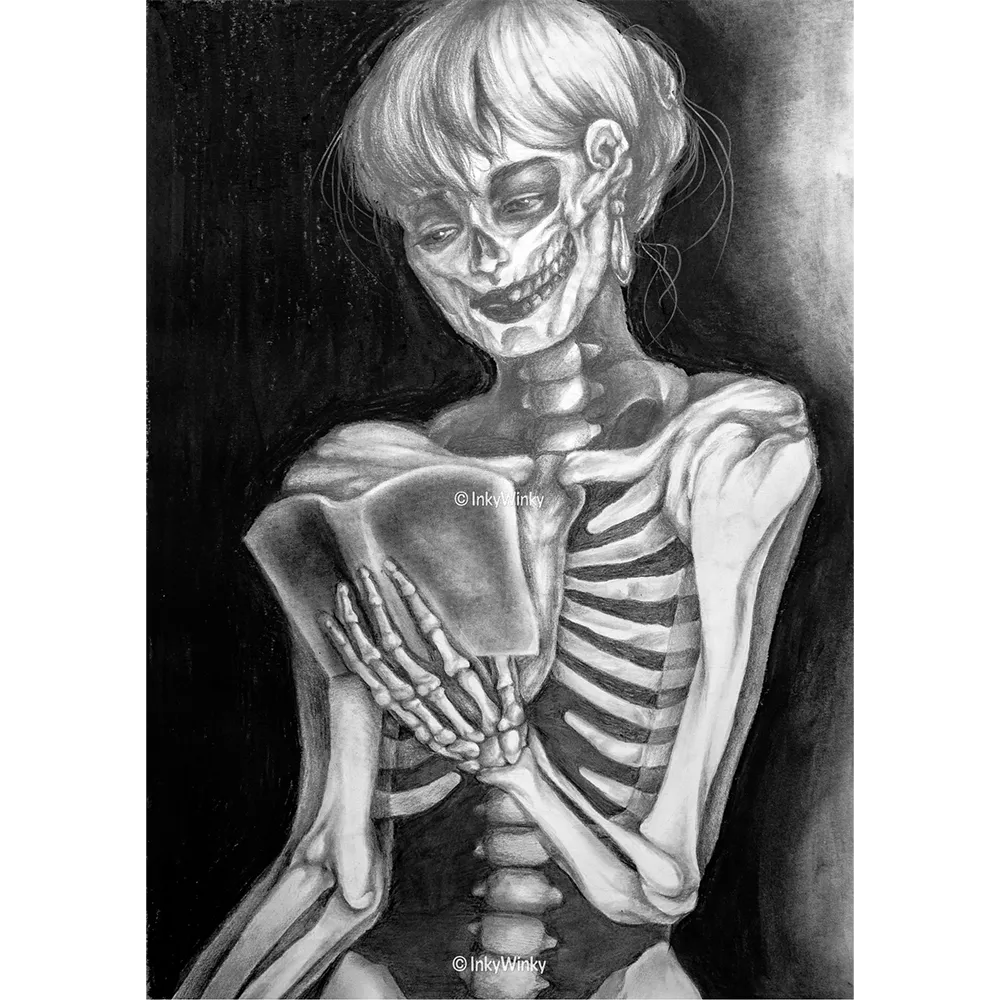What is Expressionist Art?
Expressionist art is a movement that emerged in the early 20th century, primarily in Germany, as a reaction against the academic and realistic styles that dominated the art scene. Expressionism sought to convey emotions, feelings, and the human experience through distorted and exaggerated depictions of the world. Unlike Impressionism, which focused on capturing light and atmosphere, Expressionist artists aimed to evoke a subjective, often raw emotional response from the viewer.
Expressionism encompasses a wide range of artistic forms, including painting, sculpture, literature, film, architecture, and dance. The movement was not confined to a specific style but shared a common goal of expressing inner emotions rather than depicting objective reality. Some key characteristics of Expressionist art include vibrant colors, bold brushstrokes, distorted or exaggerated forms, and a sense of emotional intensity.
Why is it Called Expressionism?
The term "Expressionism" was first used in relation to art in the early 20th century, and was initially associated with the work of German artists such as Emil Nolde and Ernst Ludwig Kirchner. The term "Expressionism" comes from the German expressionistisch, which means "expressionist" or "expressive."
The name reflects the movement's focus on expressing the innermost feelings and experiences of the artist, rather than depicting the external world in a realistic way. It was also used to distinguish the movement from other contemporary styles, such as Impressionism, which focused on capturing the visual impression of a moment.
In addition to its historical and cultural context, the name "Expressionism" can also be seen in relation to other art movements. For example, the term "Abstract Expressionism" was used to describe the work of American artists such as Jackson Pollock and Willem de Kooning, who were influenced by the gestural brushwork and emotional intensity of the Expressionists.
Why is it Called Expressionism?
The term "Expressionism" was first used in relation to art in the early 20th century, and was initially associated with the work of German artists such as Emil Nolde and Ernst Ludwig Kirchner. The term "Expressionism" comes from the German expressionistisch, which means "expressionist" or "expressive."
The name reflects the movement's focus on expressing the innermost feelings and experiences of the artist, rather than depicting the external world in a realistic way. It was also used to distinguish the movement from other contemporary styles, such as Impressionism, which focused on capturing the visual impression of a moment.
In addition to its historical and cultural context, the name "Expressionism" can also be seen in relation to other art movements. For example, the term "Abstract Expressionism" was used to describe the work of American artists such as Jackson Pollock and Willem de Kooning, who were influenced by the gestural brushwork and emotional intensity of the Expressionists.
How do you identify Expressionist Art?
Expressionist art is characterized by distinct visual elements and thematic content that set it apart from other art movements. To recognize Expressionist works, consider the following key features:
Visual Elements:
- Bold Colors: Expressionist artworks often employ intense, non-naturalistic colors to evoke strong emotional responses.
- Distorted Forms: Artists intentionally distort and exaggerate forms, creating a heightened sense of emotion and intensity.
- Aggressive Brushwork: Dynamic and bold brushstrokes are a hallmark of Expressionism, adding energy and urgency to the composition.
- Subjective Perspective: Traditional perspective is often abandoned in favor of a more subjective interpretation, emphasizing emotional content over realism.
Themes and Subjects:
- Emotional Content: Expressionist art delves into intense emotions, conveying the artist's inner experience rather than aiming for objective representation.
- Social Critique: Many Expressionist works critique social and political issues, reflecting a desire for change and a questioning of societal norms.
- Isolation and Alienation: The theme of isolation and alienation is prevalent, depicting the individual's struggle to find meaning in a rapidly changing world.
These visual elements and thematic considerations collectively define the essence of Expressionist art, making it distinguishable within the broader spectrum of artistic movements.





